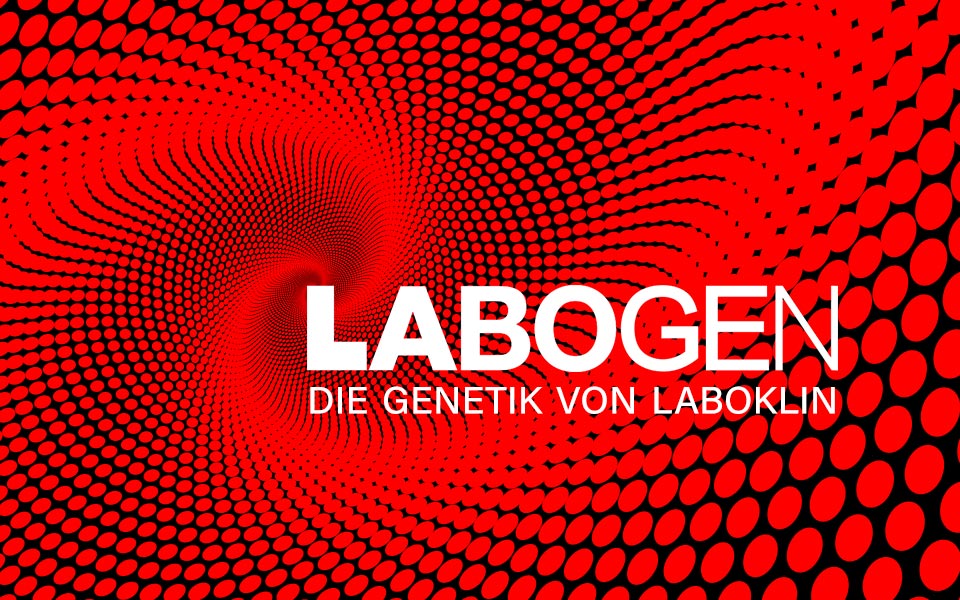Hypertrophe Kardiomyopathie (HCM1)
Hypertrophic cardiomyopathy (HCM1)
General description
HCM is characterised by an increased left ventricular mass due to an increase in wall thickness of the heart, with papillary muscle hypertrophy and systolic anterior motion of the Mitral valves. Subsequently, hypertrophy of the left heart chamber results in cardiac weakness and ultimately in heart failure.
Breeds
Maine Coon
Order details
| Test number | 8080 |
| Abbreviation | HCM1 |
| Sample material | 0.5 ml EDTA blood, 2x cheek swab, 1x special swab (eNAT) |
| Test duration | 3-5 working days |
Test specifications
| Symptom complex | cardiac |
| Inheritance | autosomal dominant |
| Causality | causally |
| Gene | MYBPC3 |
| Mutation | C-G |
| Literature | OMIA:000515-9685 |
Detailed description
Hypertrophic cardiomyopathy (HCM) is a clinically heterogeneous myocardial disease and is the most common cardiac disease identified in domestic cats. HCM is characterised by an increased left ventricular mass due to an increase in wall thickness of the heart, with papillary muscle hypertrophy and systolic anterior motion of the Mitral valves. Subsequently, hypertrophy of the left heart chamber results in cardiac weakness and ultimately in heart failure. Death by HCM can occur via three mechanisms: (i) sudden cardiac death with arrhythmia and ventricular fibrillation, (ii) heart failure with tachycardia, increased respiration, shortness of breath, pulmonary oedema and pleural effusion or (iii) thrombus formation. Thrombi can form either in the left atrium due to abnormal blood circulation or in the heart chamber itself due to severe hypertrophy and cardiac weakness. Atrial thrombi can brake free and reach the arterial blood circuit, thereby often causing blood congestion at the branching of pelvic and crural arteries with paralysis of the hind legs. Echocardiographic examination has so far been the only diagnostic tool for this disease. However, it can only identify affected cats with some years of age, when they already present first symptoms of HCM.


